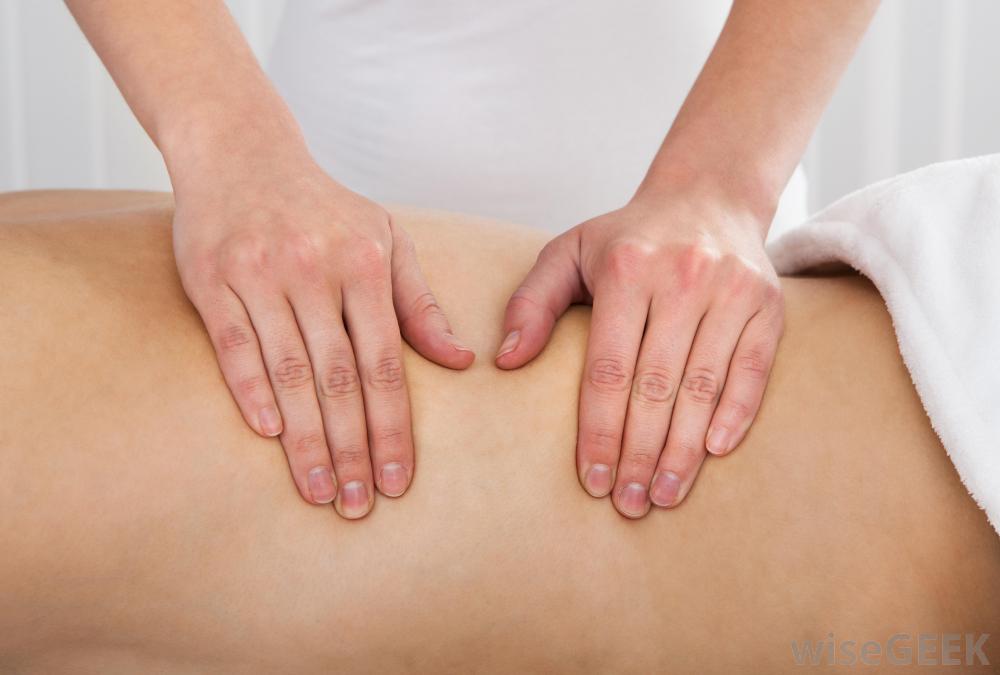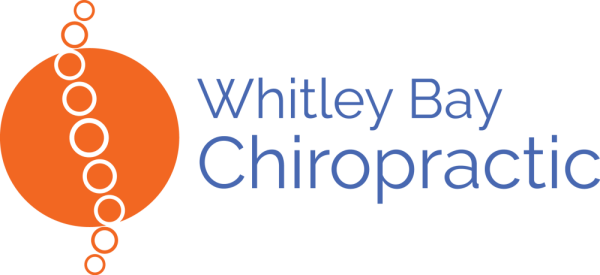Plantar Fasciitis study of Active Release Techniques and Myofascial Release

Health care providers who use therapy and prescribe exercise, like Manual Therapy UK for original content, and information on my workshops!
Vijay Kage of KLE University in Belgaum, India did a few of the studies above comparing ART to other manual therapy techniques. His 2015 study in Physiotherapy Journal compared ART and Myofascial Release on patients with Plantar Fasciitis (Heel Pain).
What they did:
– 30 Subjects were treated with Myofascial Release and conservative treatment, or ART and conservative treatment. The two groups were evaluated on the 3rd and 6th day of intervention.
What they found:
…. both the groups showed significant improvement in VAS and FFI Scores on 3rd and 6th day,
Conclusion: Myofascial Release Technique and ART both were equally effective in reducing pain and improving the functional ability of subjects with Plantar Fasciitis.
Limitations: No control group was used.
My take:
Soft tissue therapy research is very limited in volume, but many recent studies have found positive effects. What will work best for each individual patient and condition, is heavily dependent on the skill of the provider. A 2014 study found myofascial release more effective than ART in treating chronic lateral epicondylalgia (tennis elbow). The skill of the different providers in this study (and all of these studies) are possibly not uniform, therefore definitive conclusions can not be reached. I personally have always used a combination of myofascial release and passive movement release in clinic for 18 years, so I am not surprised by these findings.
Some recent research has been published comparing popular soft tissue therapies:
- Myofascial Release was shown to be an effective treatment option for Plantar Fasciitis.
- Active Release Techniques (ART) was found to be effective in treating lateral epicondylalgia (Tennis Elbow).
- A 2013 study compared ART to Rolfing Soft Tissue Manipulation. He concluded, “ART showed better improvement as compared to Rolfing in terms of Popliteal angle (hamstring flexibility)”.
- In a 2014 study ART was compared to Mulligan Bent Leg Raise. The researchers concluded that a single session of ART was effective in increasing hamstring flexibility.
You may also like:
Telegraph ART for injuries
STACK.com The New Age of Golf Training is Creating Stronger and More Athletic Golfers Than Ever Before
Athletics Weekly Performance Therapy with Greg Rutherford
220 Triathlon The difference between ART and Sports Massage
Vigour Magazine Transform performance with ART
FIT Institute Hamstring tightness FAT-Tool / ART
Titleist Performance Institute Golf Performance Therapy
